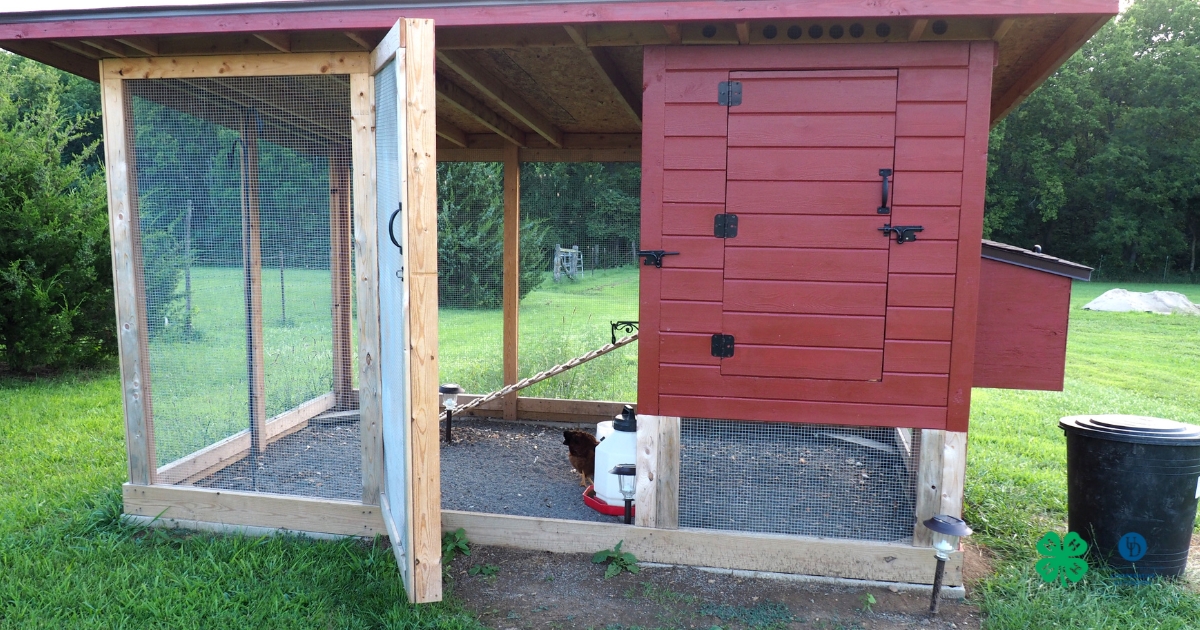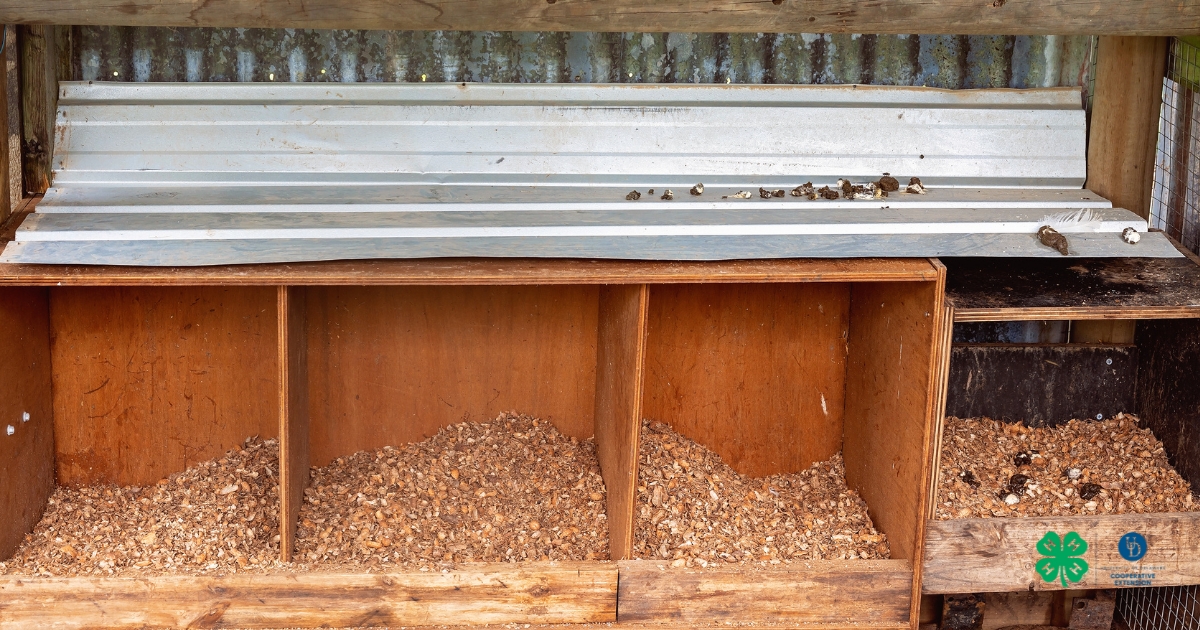
Fact Sheets And Publications
- Ask Extension
- Health & Well-being
-
Agricultural Programs
- Agribusiness
- Animal Science
- Beginning Farmer Program
- Commercial Crops
- Commericial Horticulture
- Delaware Soil Testing Program
- Disease Management
- Farm Vitality and Health Project
- Irrigation
- Nutrient Management
-
Insect Pest Management
- Insect Trapping Program
- IPM Hot Topics
- Commercial Field Crop Insect Management
- Commercial Field Crop Disease Management
- Commercial Fruit & Vegetable Crop Pest Management
- EIPM Implementation Projects
- Pollinators
- Research and Extension Demonstration Results
- Brown Marmorated Stink Bug (BMSB) Management, Research, and Resources
- Publications
- Pesticide Safety Education Program
- UD Plant Diagnostic Clinic
- Variety Trials
- Weed Science
- Certified Crop Advisor Program
- Poultry Biosecurity
- 4-H
-
Horticulture
- Climate Variability and Change
- Delaware Soil Testing Program
- Forestry
- Lawn and Garden
- Master Gardeners
- Master Naturalist Program
-
Nutrient Management
- Nutrient Management Certification
- Continuing Education for Nutrient Management
- Nutrient Management Planning Resources
- Commercial Nutrient Handler Resources
- Poultry Litter and Manure Management
- Turf Management
- Agriculture Notebook
- Horticulture Handbook
- Agriculture & Horticulture Handbooks
- Crop Production
- Soil Fertility
- Delaware Climate Change Coordination Initiative (DECCCI)
- Salt Impacted Agricultural Lands

Steam Team: Chicken Housing and Coop Maintenance
May 2025 | Written by: Twila Parish-Short, MEd., Science Educator
Chicken Coop Setup
Provide at least 2-3 square feet of space per chicken inside the coop and an additional 8-10 square feet per chicken in the outdoor run to prevent crowding.
Ensure the coop is well-ventilated but draft-free to avoid respiratory issues and keep it predator-proof with secure latches and strong wire mesh.
Install nesting boxes (one box per 3-4 hens) lined with soft bedding like straw or pine shavings to encourage hens to lay eggs comfortably.
Bedding and Cleaning
Use pine shavings, straw, or hay for bedding, which can absorb moisture and help control odor. Clean out soiled bedding weekly to prevent ammonia buildup.
Deep litter method (adding fresh bedding on top of old) can work if managed well and only needs cleaning out a few times per year. Stir it regularly and add fresh bedding to control odor.


UD Cooperative Extension
This institution is an equal opportunity provider.
In accordance with Federal law and U.S. Department of Agriculture policy, Cooperative Extension is prohibited from discriminating on the basis of race, color, national origin, sex, age, or disability.
The University of Delaware is an Equal Opportunity Institution and Provider. Visit UD’s Office of Equity & Inclusion to learn more.
Additional Links
531 South College Avenue Newark, DE 19716 (302) 831-2501
